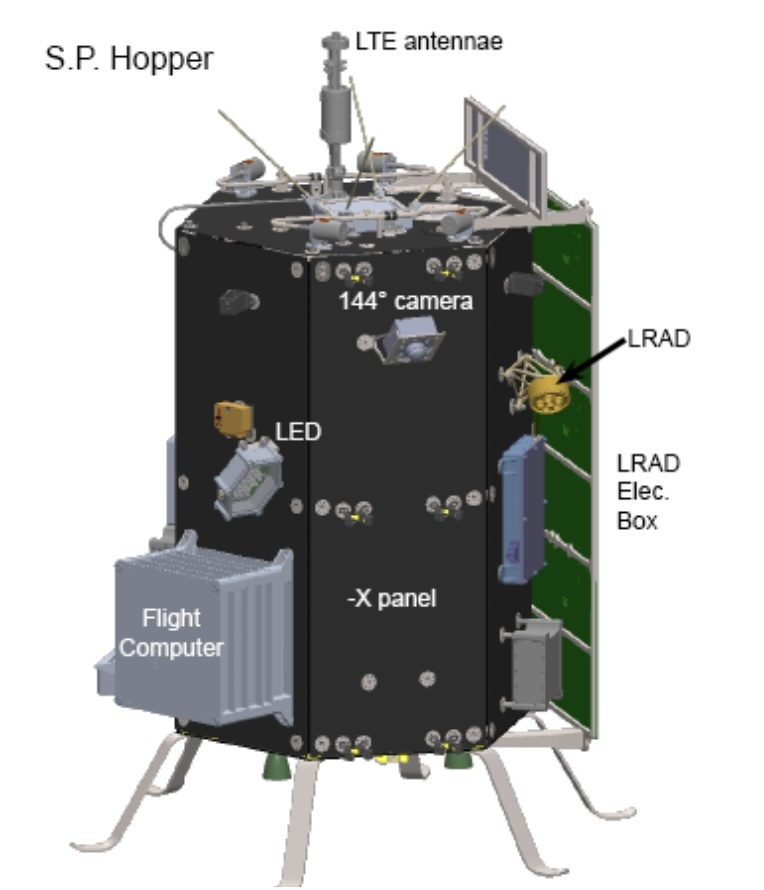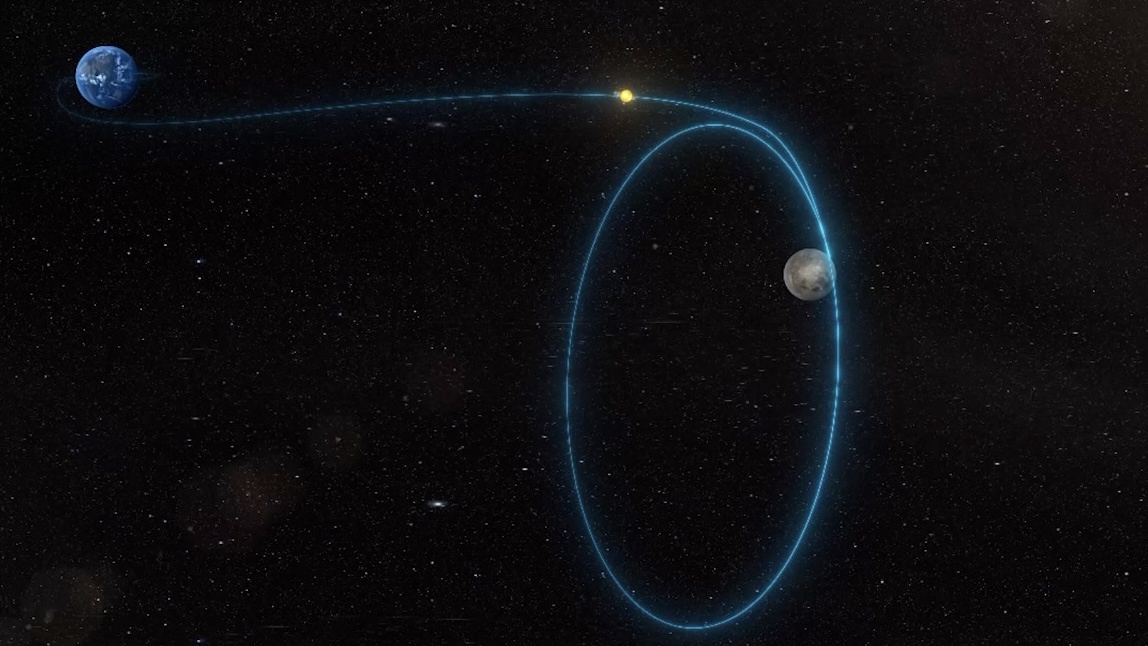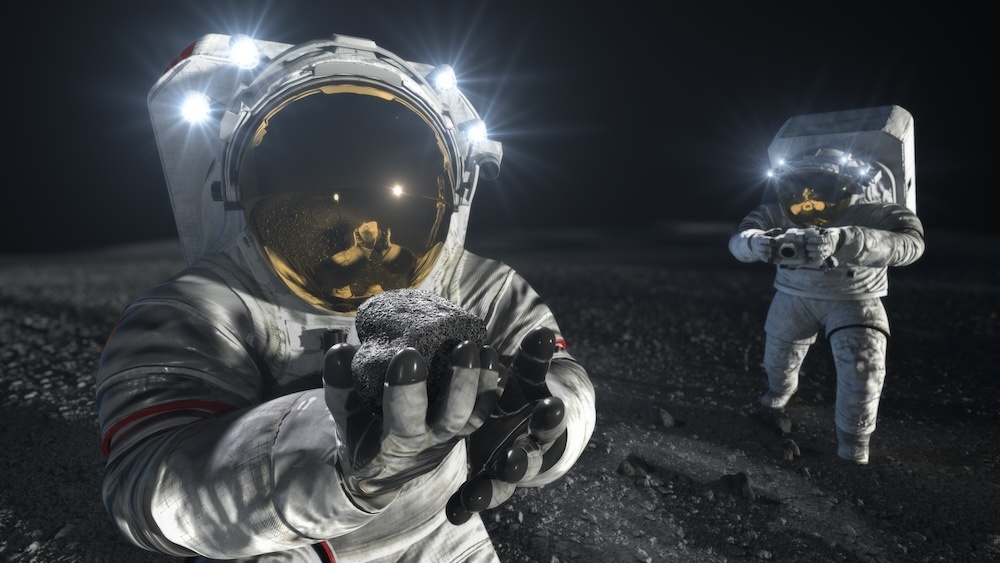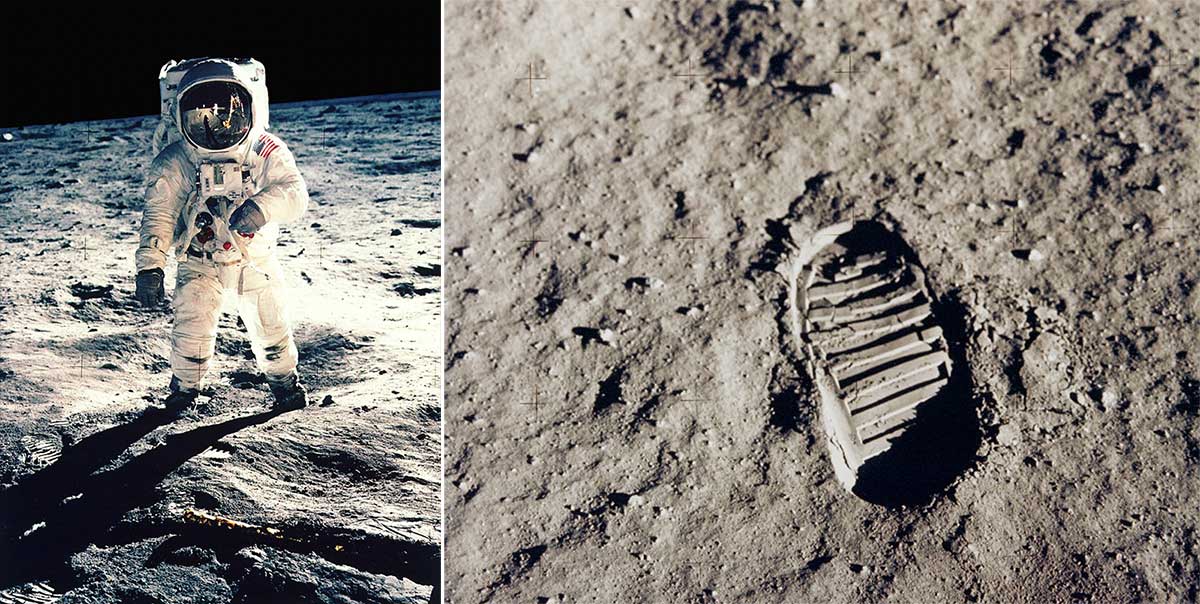Sometimes, all you need for a new discovery is some creative math. That was the case for a new paper by Edward Williams and Laurent Montési of the University of Maryland’s Department of Geology. They released a brief paper at the Lunar and Planetary Science Conference last month that describes a mathematical way to estimate the size of a lava tube using only remote sensing techniques.
Continue reading “Mapping Lava Tubes on the Moon and Mars from Space”A Robot Hopper to Explore the Moon’s Dangerous Terrain
Intuitive Machines recently had a major breakthrough, successfully becoming the first non-governmental entity to land on the Moon in February. At least the landing was partially successful – the company’s Odysseus lander ended up on its side, though its instruments and communication links remained at least partially functional. That mission, dubbed IM-1, was the first in a series of ambitious missions the company has planned. And they recently released a paper detailing features of a unique hopping robot that will hitch a ride on its next Moon mission.
Continue reading “A Robot Hopper to Explore the Moon’s Dangerous Terrain”Against all Odds. Japan’s SLIM Lander Survived a Second Lunar Night Upside Down
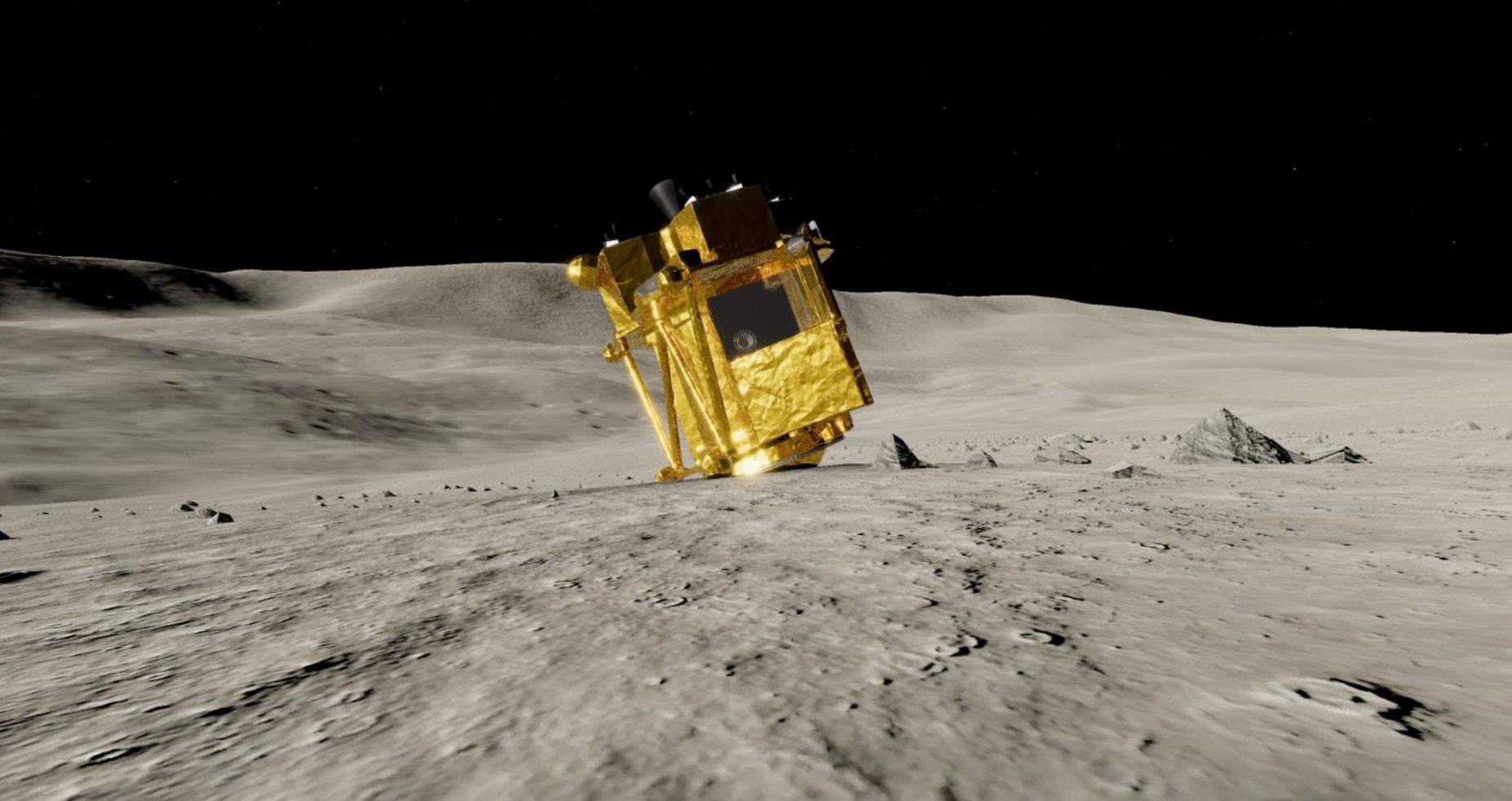
You might remember the SLIM lunar lander that managed to land upside-down! The probe from the Japanese Space Agency has survived its second night on the Moon and returns a new photograph. Despite the solar panels pointing away from the Sun during the day it was still able to capture the image and transmit to Earth. All that while surviving the harsh -130C lunar night.
Continue reading “Against all Odds. Japan’s SLIM Lander Survived a Second Lunar Night Upside Down”China's Relay Satellite is in Lunar Orbit
On March 20th, China’s Queqiao-2 (“Magpie Bridge-2”) satellite launched from the Wenchang Space Launch Site LC-2 on the island of Hainan (in southern China) atop a Long March-8 Y3 carrier rocket. This mission is the second in a series of communications relay and radio astronomy satellites designed to support the fourth phase of the Chinese Lunar Exploration Program (Chang’e). On March 24th, after 119 hours in transit, the satellite reached the Moon and began a perilune braking maneuver at a distance of 440 km (~270 mi) from the lunar surface.
The maneuver lasted 19 minutes, after which the satellite entered lunar orbit, where it will soon relay communications from missions on the far side of the Moon around the South Pole region. This includes the Chang’e-4 lander and rover and will extend to the Chang’e-6 sample-return mission, which is scheduled to launch in May. It will also assist Chang’e-7 and -8 (scheduled for 2026 and 2028, respectively), consisting of an orbiter, rover, and lander mission, and a platform that will test technologies necessary for the construction of the International Lunar Research Station (ILRS).
Continue reading “China's Relay Satellite is in Lunar Orbit”Lunar Night Permanently Ends the Odysseus Mission
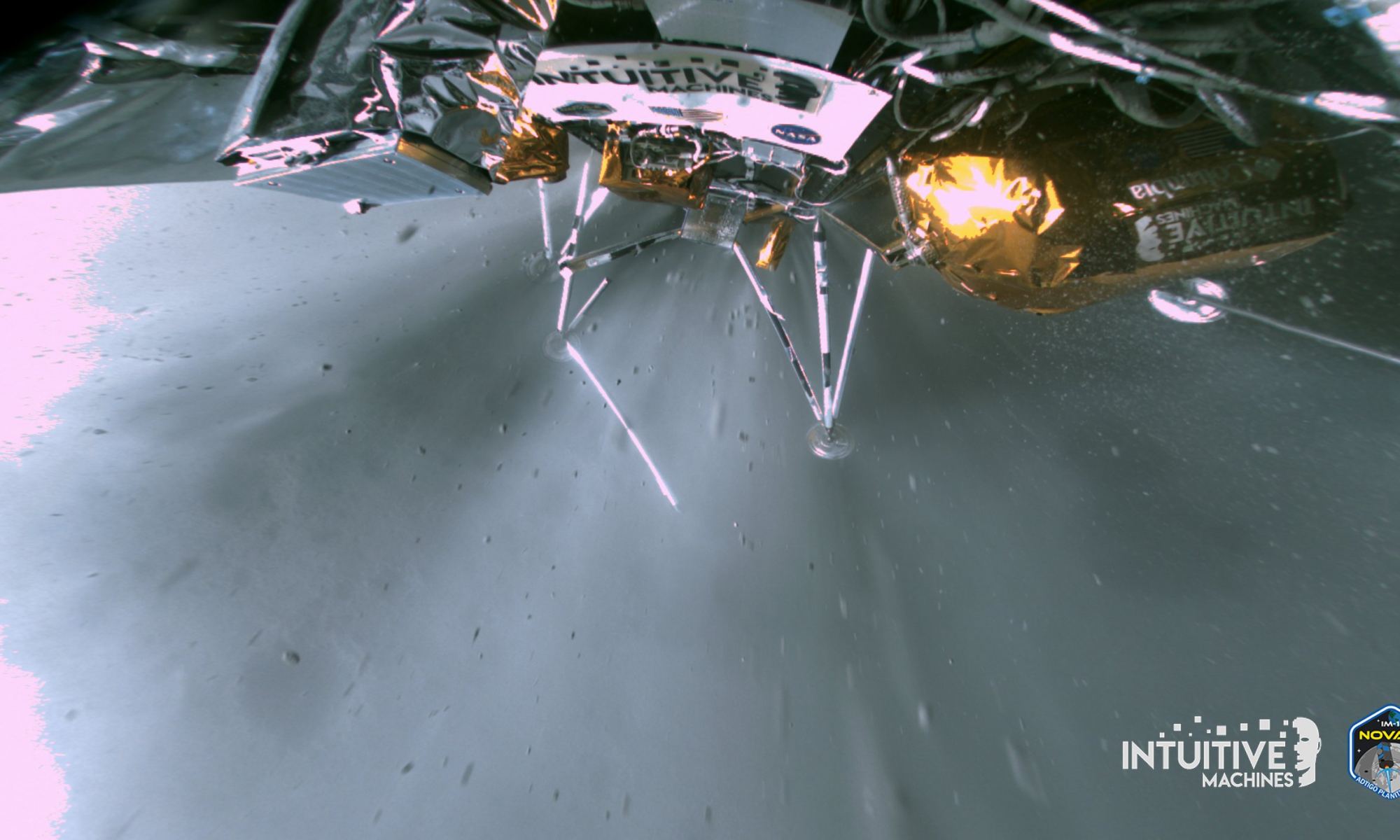
On February 15th, Intuitive Machines (IM) launched its first Nova-C class spacecraft from Kennedy Space Center in Florida atop a SpaceX Falcon 9 rocket. On February 22nd, the spacecraft – codenamed Odysseus (or “Odie”) – became the first American-built vehicle to soft-land on the lunar surface since the Apollo 17 mission in 1972. While the landing was a bit bumpy (Odysseus fell on its side), the IM-1 mission successfully demonstrated technologies and systems that will assist NASA in establishing a “sustained program of lunar exploration and development.”
After seven days of operation on the lunar surface, Intuitive Machines announced on February 29th that the mission had ended with the onset of lunar night. While the lander was not intended to remain operational during the lunar night, flight controllers at Houston set Odysseus into a configuration that would “call home” if it made it through the two weeks of darkness. As of March 23rd, the company announced that their flight controllers’ predictions were correct and that Odie would not be making any more calls home.
Continue reading “Lunar Night Permanently Ends the Odysseus Mission”NASA Reveals its Planetary Science Goals for Artemis III
If all goes well, NASA’s Artemis III mission will bring humans back to the Moon as early as 2026, the first time since the Apollo 17 crew departed in 1972. It won’t be a vacation, though, as astronauts have an enormous amount of science to do, especially in lunar geology. A team from NASA recently presented their planetary science goals and objectives for Artemis III surface activities, which will guide the fieldwork the astronauts will carry out on the lunar surface.
The Artemis III Geology Team presented their priorities at the Lunar and Planetary Science Conference in March 2024. In addition, NASA also announced their choices for the first science instruments that astronauts will deploy on the surface of the Moon during Artemis III.
Continue reading “NASA Reveals its Planetary Science Goals for Artemis III”Northrup Grumman is Studying How to Build a Railway on the Moon
Roughly two years and six months from now, as part of NASA’s Artemis III mission, astronauts will set foot on the lunar surface for the first time in over fifty years. Beyond this mission, NASA will deploy the elements of the Lunar Gateway, the Artemis Base Camp, and other infrastructure that will allow for a “sustained program of lunar exploration and development.” They will be joined by the European Space Agency (ESA), the China National Space Agency (CNSA), and Roscosmos, the latter two collaborating to build the International Lunar Research Station (ILRS).
Anticipating this process of lunar development (and looking to facilitate it), the Defense Advanced Research Projects Agency (DARPA) launched the 10-year Lunar Architecture (LunA-10) Capability Study in August last year. In recent news, the agency announced that it selected Northrop Grumman to develop a moon-based railroad network. This envisioned network could transport humans, supplies, and resources for space agencies and commercial ventures, facilitating exploration, scientific research, and the creation of a lunar economy.
Continue reading “Northrup Grumman is Studying How to Build a Railway on the Moon”It’s Time to Study Lunar Lava Tubes. Here’s a Mission That Could Help

The Moon is practically begging to be explored, and the momentum to do so is building. The Artemis Program’s effort to return astronauts to the Moon for the first time since the Apollo missions captures a lot of attention. But there are other efforts underway.
Continue reading “It’s Time to Study Lunar Lava Tubes. Here’s a Mission That Could Help”Drones Could Help Map the Lunar Surface with Extreme Precision
Exploring the Moon has become increasingly more of a focal point lately, especially with a series of landers recently launched with various degrees of success. One of the difficulties those landers and any future human missions face is understanding the terrain they are landing on and potentially traversing in the case of a rover or human. To help fight this problem, a team of researchers from Switzerland has developed a drone concept that could help map out some of the more interesting, potentially hazardous areas to explore on the Moon.
Continue reading “Drones Could Help Map the Lunar Surface with Extreme Precision”New Study Addresses how Lunar Missions will Kick up Moondust.
Before the end of this decade, NASA plans to return astronauts to the Moon for the first time since the Apollo Era. But this time, through the Artemis Program, it won’t be a “footprints and flags” affair. With other space agencies and commercial partners, the long-term aim is to create the infrastructure that will allow for a “sustained program of lunar exploration and development.” If all goes according to plan, multiple space agencies will have established bases around the South Pole-Aitken Basin, which will pave the way for lunar industries and tourism.
For humans to live, work, and conduct various activities on the Moon, strategies are needed to deal with all the hazards – not the least of which is lunar regolith (or “moondust”). As the Apollo astronauts learned, moondust is jagged, sticks to everything, and can cause significant wear on astronaut suits, equipment, vehicles, and health. In a new study by a team of Texas A&M engineers, the regolith motion was found to be significantly altered due to inter-particle collisions. Given the many spacecraft and landers that will be delivering crews and cargo to the Moon in the near future, this is one hazard that merits close attention!
Continue reading “New Study Addresses how Lunar Missions will Kick up Moondust.”

